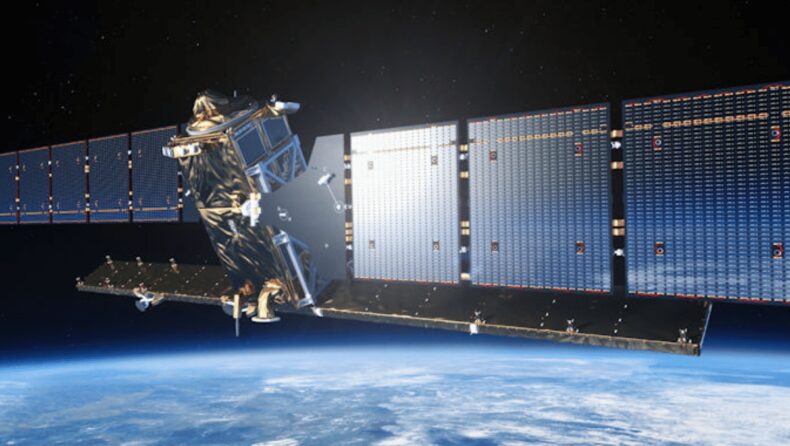Following a competition, the European Space Agency (ESA) decided last week that the Harmony mission, which will cost a total of 420 million euros, will be the next in its Earth Explorer line of science missions.

The two satellites that make up the Harmony mission will each be equipped with infrared sensors and radar receivers. These instruments will be used to monitor the turbulent waves, winds, and eddies that are responsible for the exchange of heat and gases between the oceans and the atmosphere.

Scientists are aware that oceans absorb more than 90 percent of the additional heat that is caused by global warming; however, they need the finer-scale observations that Harmony will provide in order to explain how this occurs and to calibrate climate models that will predict the evolution of these dynamics in the decades to come.
“We want to study how the oceans and the atmosphere are talking to each other,”
says the principal investigator Paco López-Dekker, a remote sensing scientist at the Delft University of Technology. “We want to study how the oceans and the atmosphere are talking to each other.” After their initial launch in 2029, the Harmony satellites will fly in formation with one of the ESA’s Sentinel-1 radar satellites, which is scheduled for an initial launch in 2025.
During this time, they will capture the reflected beams of the Sentinel-1 satellite from a variety of different angles. In addition to this, the mission will be able to monitor three-dimensional ground motions at a resolution as fine as one millimetre per year. This will be of particular interest to scientists who are studying the melting of glacial ice, volcanic eruptions, and the seismic strain that can lead to earthquakes.
European Space Agency to study climate change and extreme weather

The European Space Agency (ESA) has decided to put their resources toward the Harmony research mission, which will collect a vast amount of new information regarding our planet’s oceans, ice, earthquakes, and volcanoes.
As part of the European Space Agency’s FutureEO programme, the Harmony mission will be the tenth Earth Explorer mission. Its goal is to improve our comprehension of the factors that cause extreme weather and the effects of climate change over the long term.
A Copernicus Sentinel-1 satellite will lead the mission, which will also include two satellites that are identical to it and will orbit the Earth together. Each Harmony satellite will be equipped with a synthetic aperture radar that can only receive information and a multiview thermal infrared instrument.
Harmony will produce a wide variety of one-of-a-kind high-resolution observations of motion that are occurring at or near the surface of the Earth with the assistance of observations from Sentinel-1.
Read More: NASA’s Crew-5 Mission Accomplish Launching the First Native American Woman into Space.













